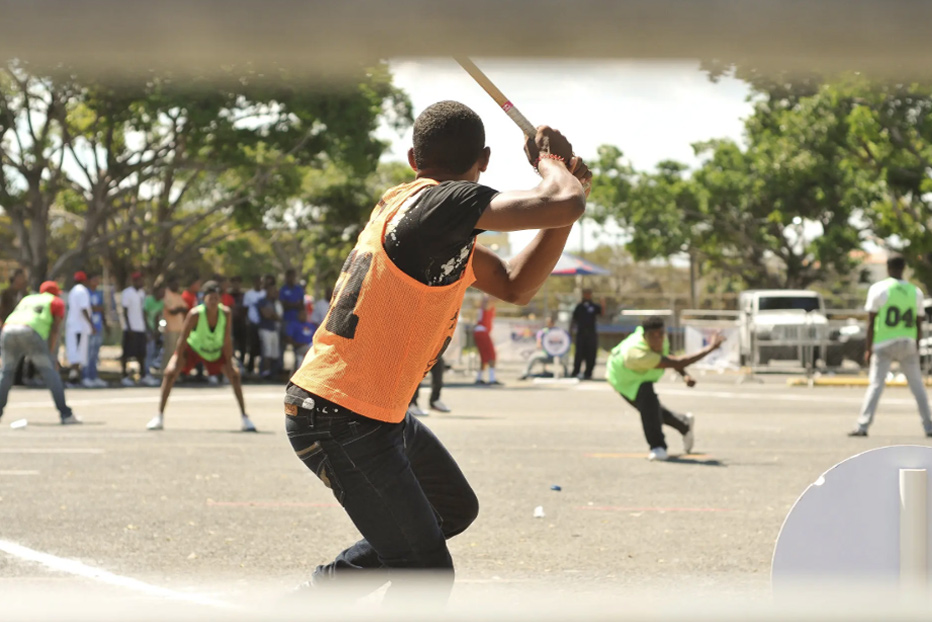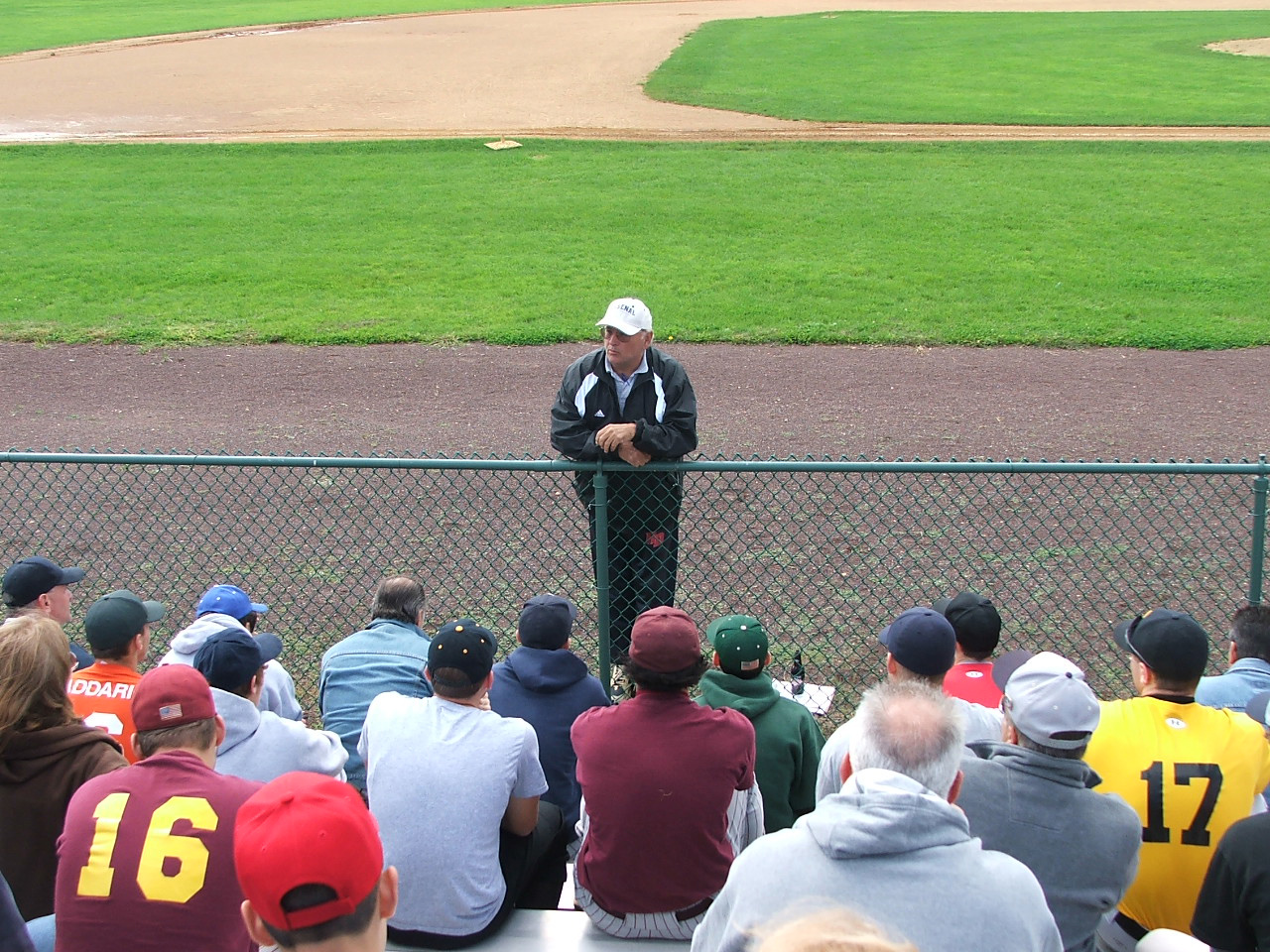Over the years, many promising baseball careers ended because certain hitters couldn’t hit breaking pitches if their lives depended on it. I remember playing against a couple of big bonus babies after they were released, and they were still playing in semi-pro leagues. The worst curveballs got them to swing and miss, but if a pitcher tried to sneak a fastball by them after half a dozen curveballs in a row, they lit it up like a Christmas tree! I often wondered why they couldn’t learn to hit breaking pitches. A famous MLB hitting coach friend of mine said it was because they had to cheat to catch up to a major league fastball because their swing wasn’t quick enough or short enough. I agreed with that at the time but I have also seen hitters who learned to hit breaking pitches as they progressed through different levels of baseball.
Let’s discuss some of the reasons most hitters have a tough time with off-speed pitches early in their career. Think about it. If you hit nothing but curveballs 99% of the time whenever you practiced or played baseball for years on end, and never saw a fastball for all that time, wouldn’t you assume that you would be able to hit curves a lot better than fastballs? I think so! Even when a young hitter first sees breaking pitches in a game, they usually aren’t good ones, and the pitchers rarely can throw them over the plate. Your practices still consist of all fastballs until your team has a pitching machine, usually in high school.
I believe that if your swing is quick and compact enough breaking pitches will still be a challenge to any hitter until he builds up a video library in his mind of what a breaking ball looks like–the spin, the seams, the dot, the shape, etc. Every breaking pitch is different and therefore it takes facing many different offerings from many different pitchers before a hitter is confident in his ability to track and hit the breaking pitch.
Some of the things we do to hopefully get our hitters confident in their ability to recognize and hit curveballs are somewhat extreme, but over the years we have found our system works for us. Here are some ideas to think about:
- Start at an early age in BP. Throw breaking pitches or bounce the ball over the plate at different heights and angles without even telling the kids they are “curves.” Use wiffle balls, half balls, anything that sails.

- Never waste a breaking pitch thrown by a pitcher. In practice or bullpen sessions have the hitter and on-deck hitter tracking pitches and swinging. The hitter in the bullpen or behind the turtle can swing a Muhl Swing device and the clicker will tell him if he was early, late, or on time. The player behind the turtle can swing a device or his game bat along with the hitter. He then tells the hitter if he swung at a bad pitch, was early, late, or on time.
- Play Dominican bottle cap stick ball to improve tracking skills.

A game of vitilla in the Dominican Republic — a beloved rite of passage for aspiring baseball players.Photo credit: Alejandro González / Red Bull Content Pool.
- Use a pitching machine throwing multiple breaking pitches from different angles and speeds with different shapes. Hitting sliders off a machine not only teaches hitters to recognize spin and take their chest, nose, and barrel to the breaking ball, but it also teaches him to wait and be quick which will make the hitter a better fastball hitter and greatly increase his power.
- Do not allow your hitters to swing at curveballs until they have two strikes or until they can recognize CBs in their sleep. The key to hitting the breaking ball is early recognition. The ones that look cup high will bounce, but the ones up high will end up in our happy zones. In the end our hitters see more breaking pitches–most of which are balls–and eventually hit them better than our opponents.
- Our daily machine rounds include plenty of work on hitting breaking pitches and working on our two-strike approach.
- With our Pro, College and HS hitters we use our Hit Doctor Curveball Training Bats. These bats are unbreakable and allow our hitters to learn how to hit curves, sliders, cutters, sweepers, etc. Our MLB guys have found the HD Curveball Trainers can teach them how to drive the outside pitch.
- Protect Your Moose is a highly effective drill that teaches hitters how to wait and be quick, hit breaking pitches and, at the same time, still be able to light up the fastball.
Want to know more about how to hit and pitch like a pro? Visit my website at https://thehitdoctorusa.com/
Get exclusive expert training drills from the founder of The Hit Doctor USA, Coach Joe Barth.
📝 Sign up now and get your first insider tip right in your inbox!


